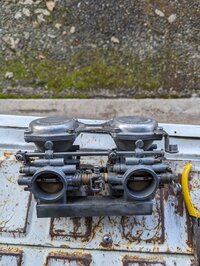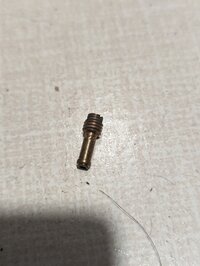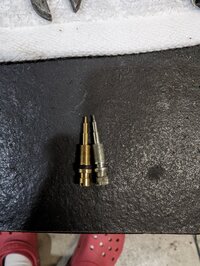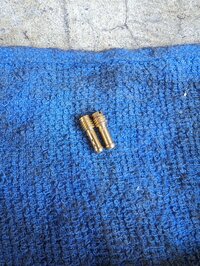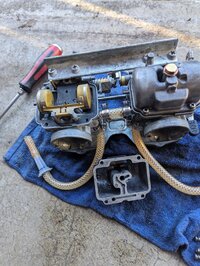Prisondawg
XS650 Addict
Hello. I swear the carb is clean. Not only did I meticulously clean them, but I bought an ultra sonic cleaner.
I will say the exhaust has a strong fuel odor, so i am thinking the fuel isn't igniting in the cylinder, I think it might be electronic in nature.
Perhaps the coils are worn out and the spark is weak? I have replaced the spark plugs.
Timing seems to be good at idle. I checked with a timing light.
Could this be a valve clearance issue? I have not checked this yet.
I will say the exhaust has a strong fuel odor, so i am thinking the fuel isn't igniting in the cylinder, I think it might be electronic in nature.
Perhaps the coils are worn out and the spark is weak? I have replaced the spark plugs.
Timing seems to be good at idle. I checked with a timing light.
Could this be a valve clearance issue? I have not checked this yet.

